To achieve our net zero ambitions, the shipping and aviation industries will most likely have to rely on hydrogen and its derivatives for decarbonization. Right now, more than 99% of global hydrogen production is derived from fossil fuels, particularly natural gas which accounts for 75%.1
The most widespread route for hydrogen production which uses natural gas as feedstock is steam methane reforming (SMR), and it is expected to remain the dominant process because of it favorable economics and existing infrastructure.
In 2014, we at Topsoe set out to leverage our existing knowledge and expertise in SMR technology to an emission-free alternative. Recognizing that the ley to unlocking the potential for low-carbon hydrogen production lies in the electrified reforming technology used to produce the syngas, we devised a solution that seamlessly integrates electricity with reactor processes.
.png)

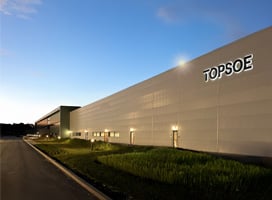
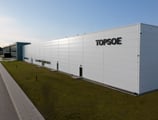
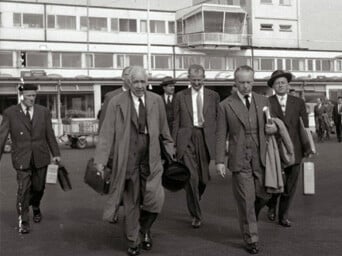

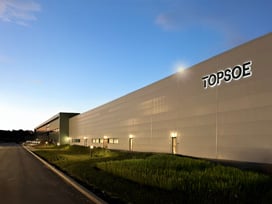


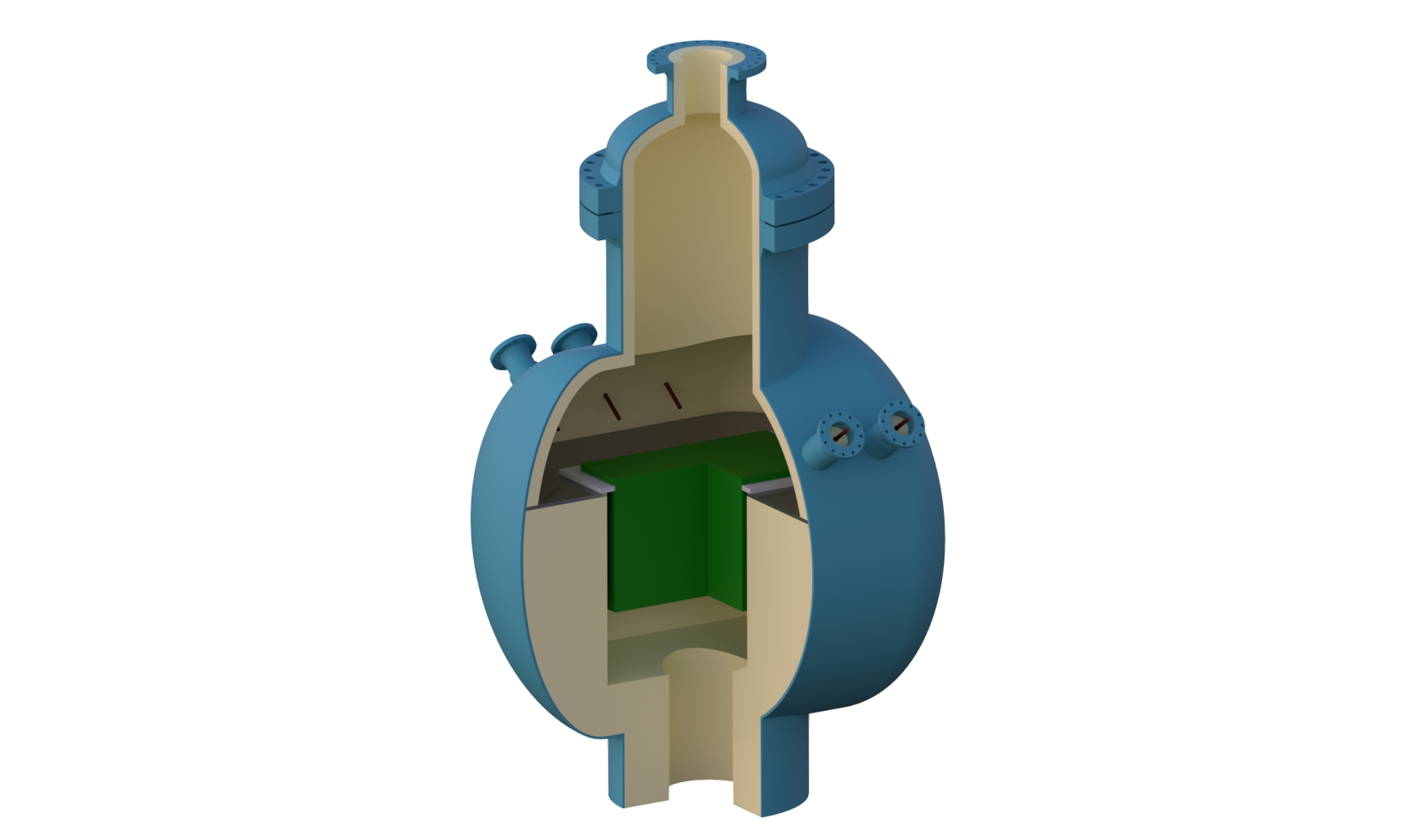


![SAF Airplane runway[1]-1 1](https://www.topsoe.com/hs-fs/hubfs/SAF%20Airplane%20runway%5B1%5D-1%201.png?width=800&height=640&name=SAF%20Airplane%20runway%5B1%5D-1%201.png)





